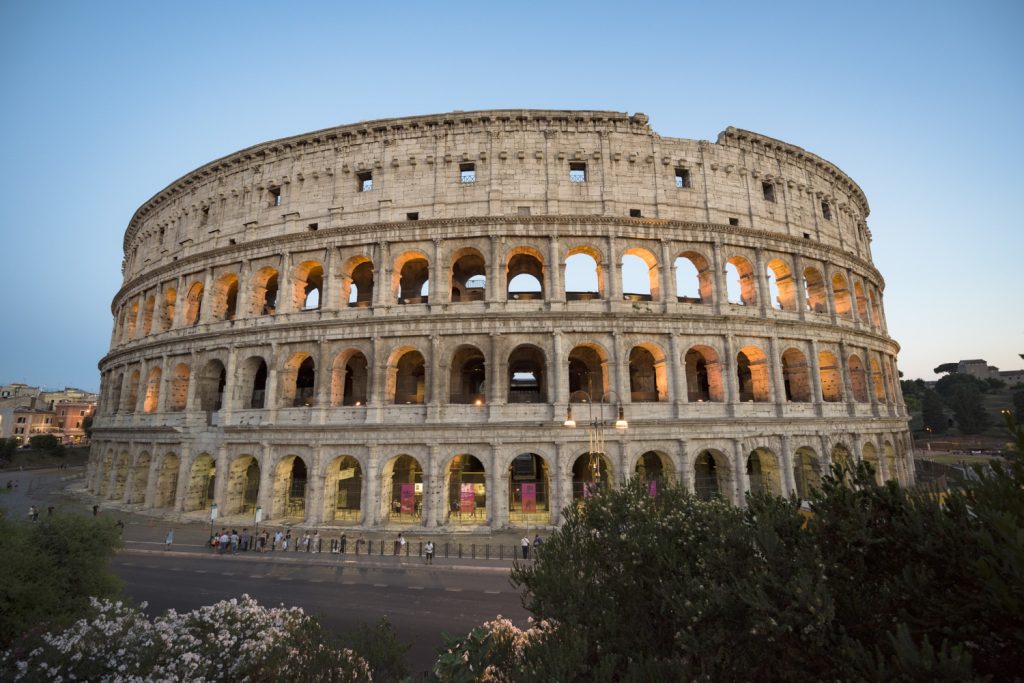
No other building is associated with Rome as strongly as the very Colosseum. It is a monumental amphitheater that has delighted tourists, historians and architects from around the world for nearly two thousand years. Although today we see only fragments of it, in its heyday it was a center of entertainment, propaganda and engineering mastery.
In this article you will learn about 10 fascinating curiosities about the Colosseum - from its creation, to the brutal games and myths about Christian martyrs, to its presence in pop culture. If you are planning a visit to Rome or just want to better understand the symbol of this ancient civilization - you are in the right place.
1️⃣ Colosseum - brief history and purpose of construction
If you want to know more places with a beautiful panorama of the city - take a look at our list:
👉 Viewpoints and terraces in Rome
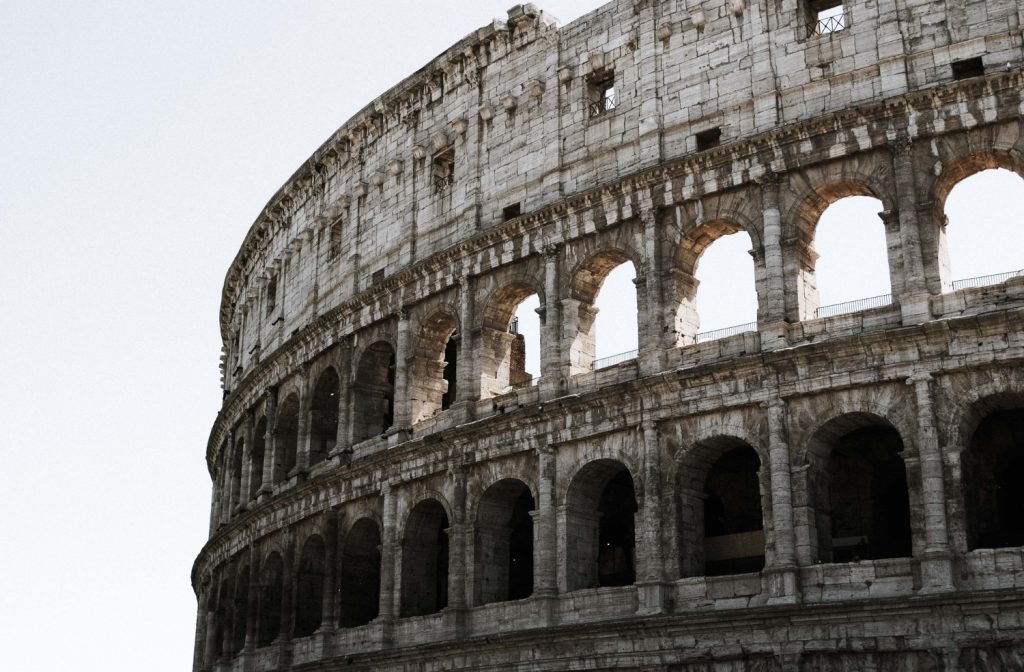
The Colosseum, also known as the Flavius Amphitheater, is the most recognizable building of ancient Rome. Its history dates back to Emperor Vespasian, who initiated the construction of this monumental structure in the 70s AD.
💠When and why were they built?
- Construction began ca. 70 AD., and completed in 80 AD. During the reign of his son, Emperor Titus.
- The facility was built On the site of a former artificial lake, belonging to the luxurious residence of Nero (Domus Aurea).
- The goal was to giving back public space to the people As well as obliterating the memory of the hated emperor.
- The Colosseum also had a political dimension - it was a manifesto of the power of the Flavian dynasty.
💠Social and propaganda function
- The amphitheater was used to organize Games, gladiatorial combat, hunting and public spectacles.
- All events were free, funded by the emperors as a form of populist "bread and games" policy.
- The building symbolized The emperor's power, order and care over society.
💠The importance of Rome
- The Colosseum quickly became a center of public life - A place for entertainment, rituals and meetings.
- The facility represented The modernity and organizational efficiency of the Roman Empire.
- Its vastness, architecture and purpose have made it a an enduring symbol of Rome - both in ancient times and today.
2️⃣ Impressive size and architecture of the amphitheater
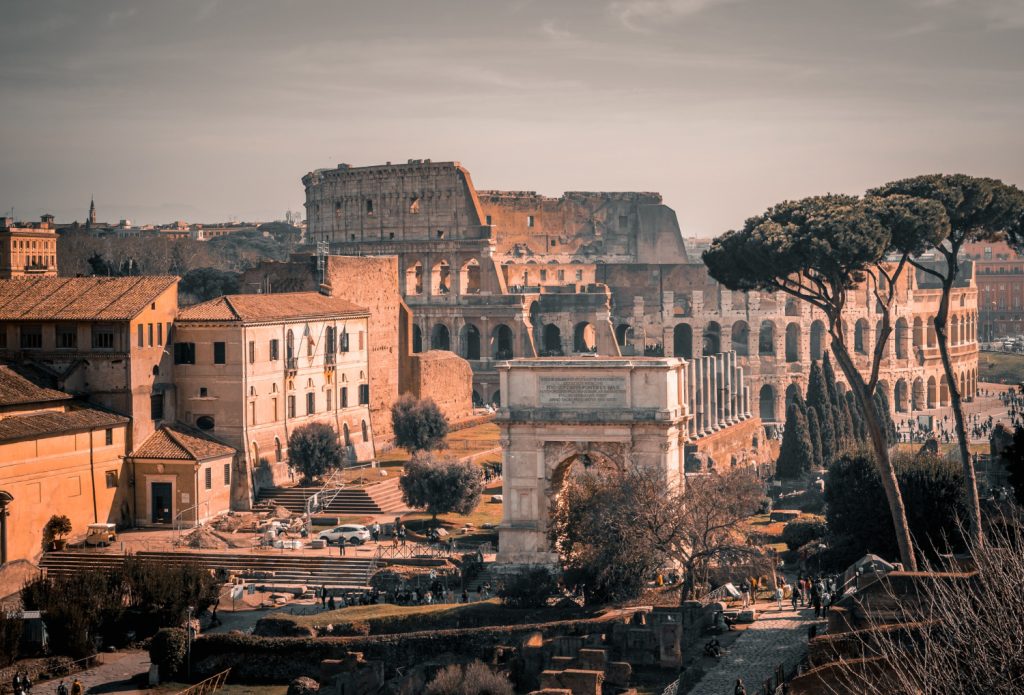
The Colosseum is one of the largest and most advanced structures of the ancient world. Its size and architectural solutions continue to inspire awe - both among tourists and engineers.
💠Dimensions that impress
- Length: approx. 189 meters
- Width: approx. 156 meters
- Height: approx. 48 meters (equivalent to a 15-story building)
- Capacity: estimated 50,000 - 60,000 spectators
💠External design
- The Colosseum had four floors of arcades - Each decorated with columns in a different style:
- Level I - Doric,
- II - ionian,
- III - Corinthian,
- IV - a massive wall with small windows and masts.
- All made of stone, concrete and brick, combined with great precision.
💠Organization of the audience
- The sites were arranged by social status:
- closest to the arena - elites and senators,
- above - free citizens,
- The highest rows - women and the poorest.
- The system of entrances and corridors allowed efficiently empty the entire facility in several minutes.
💠Velarium and other innovations
- Above the arena was stretched velarium - A huge canvas sail that protected spectators from the sun.
- Under the arena were advanced technical facilities (described in Section 7).
- The architecture combined aesthetics, functionality and engineering precision.
3️⃣ The name "Colosseum" - where did it come from?
Want to combine a view with dinner? Check out our list:
👉 Restaurants and view bars in Rome
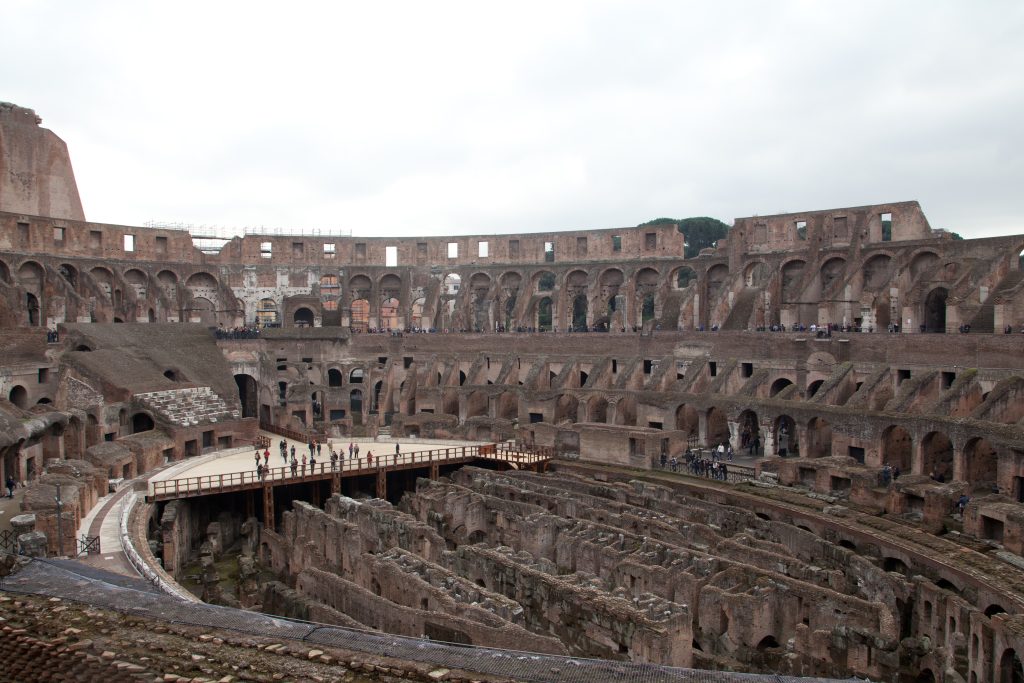
Although today everyone knows this building as Colosseum, originally bore a completely different name - and interestingly, the term "Colosseum" did not originally have a connection to the arena itself.
💠Original name
- Officially, the amphitheater was named Amphitheatrum Flavium - i.e. Flavius Amphitheater.
- It was named after the Flavian dynasty (Vespasian, Titus, Domitian), who initiated its construction.
💠So where does "Colosseum" come from?
- Near the arena stood giant statue of Nero, known as Colossus Neronis - measured approx. 30-35 meters high.
- After the emperor's death, his image was transformed into an effigy of the the sun god Helios.
- Over time, people began to call the amphitheater "the one by the colossus"-that is, the Colosseum.
💠When did this name catch on?
- Definition "Colosseum" did not come into common use until the Middle Ages.
- The statue itself probably disappeared from the Roman landscape in the 9th to 10th centuries, but the name survived and permanently associated with the amphitheater.
💠What does it mean today?
- Today, "Colosseum" is not just the name of a specific building - it's a symbol of all ancient Rome.
- It has become synonymous with the monumentality, permanence and power of ancient civilization.
4️⃣ Inauguration of the arena - games lasting 100 days
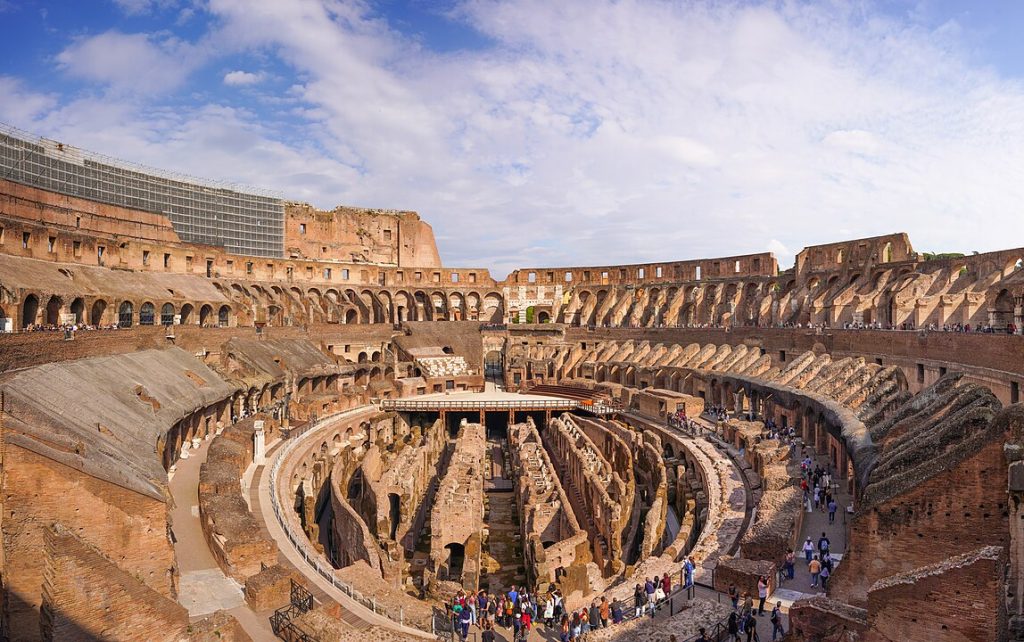
The opening of the Colosseum in 80 AD was one of the most spectacular events in the history of ancient Rome. Emperor Titus, the son of Vespasian, organized for the occasion Games lasting as long as 100 days - full of momentum, violence and propaganda messages.
💠What happened during the Games?
- Gladiator fights - the most anticipated item on the program.
- Venationes - hunting wild animals brought in from all over the empire.
- Staging naval battles - According to some sources, the arena was temporarily flooded with water.
- Executions of criminals - treated as part of entertainment and part of "justice."
💠How many spectators could participate?
- The colosseum housed about 50-60 thousand people.
- The introduction was free, which was meant to show the emperor's generosity.
- Places were distributed according to social status - From senators to the poorest citizens.
💠Political significance of the inauguration
- The games had consolidate the power of the Flavian dynasty After a period of turmoil and civil wars.
- The performances symbolized the power of Rome and the emperor, which offered the people "bread and games."
- It was also gesture of reconciliation with the people after difficult times - the show was meant to integrate society and distract from problems.
5️⃣ Gladiators and their battles - facts vs. myths
The Colosseum isn't everything! If you want to discover more history without buying tickets - take a look here:
👉 Top 10 free museums in Rome
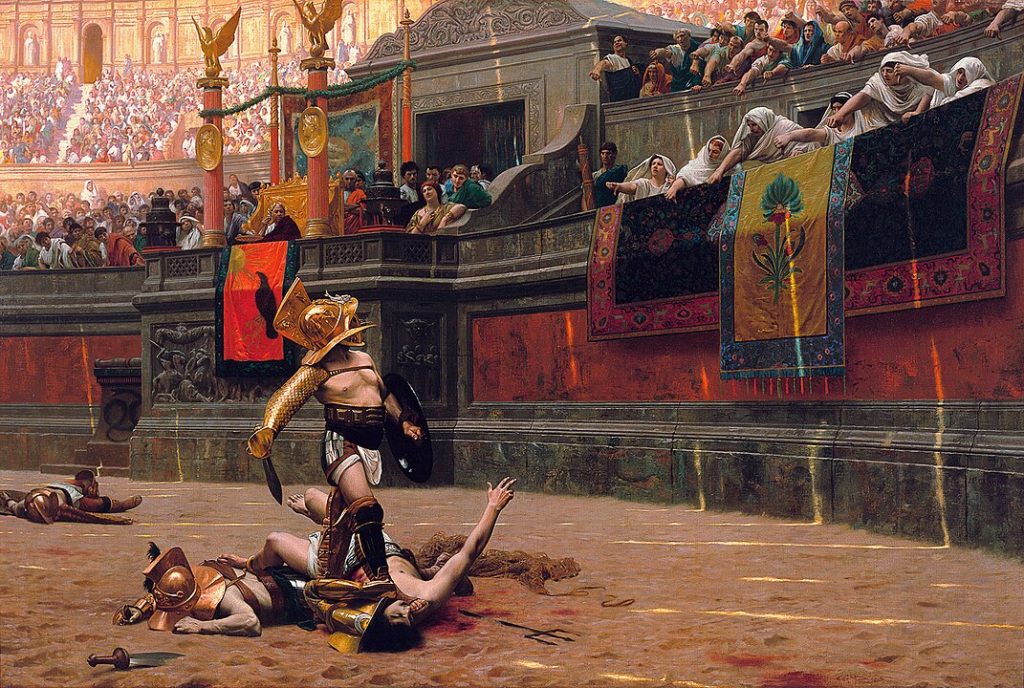
Gladiator fights are the most well-known part of Colosseum life, but much of what we know about them is myths and simplifications. In fact, they were carefully organized shows with their own rules, players and social structure.
💠Who were the gladiators?
- Not only slaves - also Free citizens, former soldiers and even volunteers.
- They passed professional training In special schools (ludi gladiatorii).
- They were often well-paid, and the best earned fame comparable to today's athletes.
💠Types of gladiators
Gladiators were divided into different classes - each with different weapons and fighting styles:
- Murmillo - Heavy helmet, shield and sword.
- Retiarius - The net and trident, without the shield.
- Secutor, Thracian, Hoplomachus - different variants of weapons and fighting techniques.
- The fights were carefully selected, to create spectacular contrasts.
💠Did they fight to the death?
- Not always - many fights ended submission or wounding, not death.
- The fate of the defeated was decided by organizer of the games, not the crowd itself.
- Thumb up or down is a myth - Roman gestures were different and not entirely explicit.
💠Fame and awards
- Popular gladiators were idols of the crowds - appeared on mosaics, lamps and graffiti.
- The best were able to win wooden sword - rudis, which meant freedom.
- Their lives were short and dangerous, but often better paid and more prestigious than those of ordinary soldiers.
6️⃣ Exotic animals in the arena
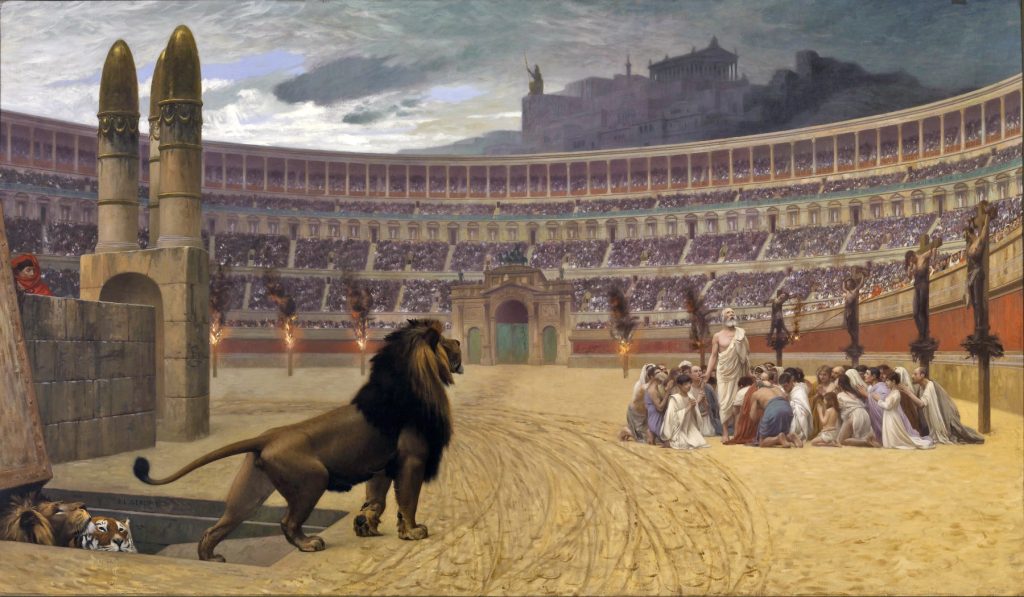
Gladiator fights were not the only element of entertainment in the Colosseum. Equally popular (and brutal) were the so-called "gladiator fights. venationes - shows featuring wild, exotic animals.
💠What kind of animals appeared in the arena?
Among others, the following were released into the arena:
- lions, tigers, leopards,
- elephants, hippos, rhinos,
- crocodiles, bears, boars,
- even ostriches, deer or antelopes.
All this to amaze the audience with the exoticism and unpredictability of nature.
💠Where were the animals imported from?
- Animals were imported from different parts of the empire - the Africa, Asia Minor and the Middle East.
- They were transported by ship to Roman ports, and then transported to the capital.
- It was costly and complicated logistics process, which testified to the power of the empire.
💠The nature of the shows
- Animals fought among themselves or with trained hunters - venators.
- Demonstrations were also organized training, hunting and staging of mythological scenes.
- For the spectators, it was a form of spectacular entertainment - for the animals, unfortunately, a judgment.
💠Tragic consequences
- It is estimated that in the Colosseum died hundreds of thousands of animals.
- As a result, some species have been locally exterminated, especially in the Mediterranean.
- For the ancient Romans it was symbolic victory of man over nature.
7️⃣ Underground of the Colosseum - technical wonders of antiquity
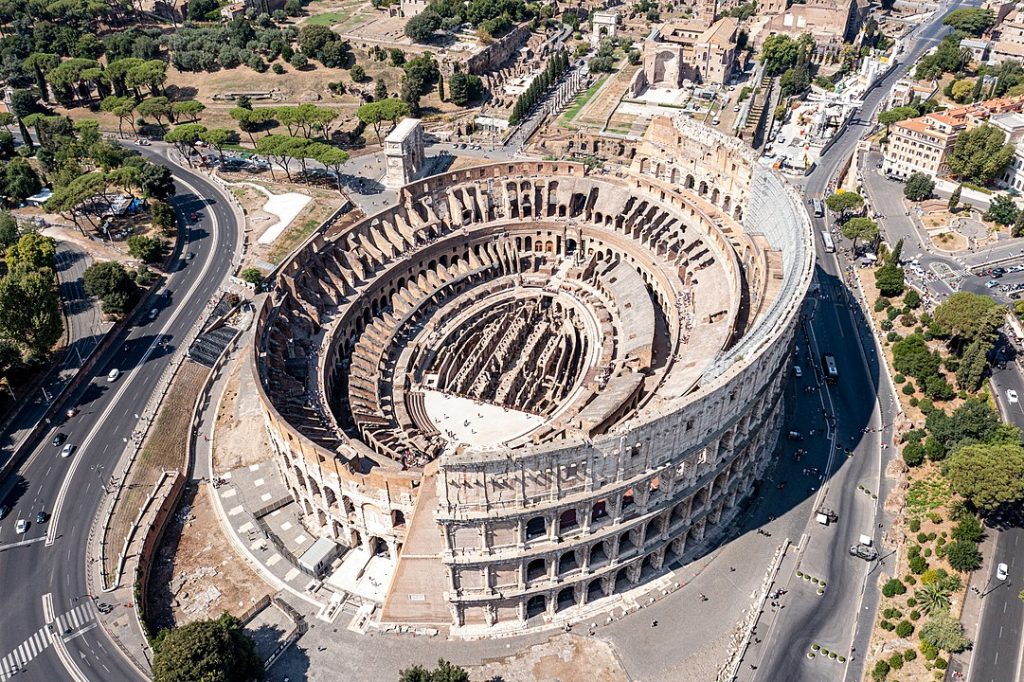
Although the most important thing for spectators were the events in the arena, the real magic of the Games was happening underground. Underneath the Colosseum was an elaborate system of technical facilities - the so-called "technical facilities". hypogeum, which played a key role in organizing the shows.
💠What was the hypogeum hiding?
- Two-level system of corridors and chambers - Used to store people, animals and props.
- Rooms for gladiators - The last place before going to the arena.
- Cages and enclosures for wild animals - Arranged in a way that allows them to be released quickly.
- Warehouses and workshops - needed to prepare scenery and armaments.
💠Elevator and ratchet system
- The Colosseum is equipped with approx. 80 manually operated elevators, with which people and animals were carried into the arena.
- Used mechanisms with pulleys, cables and counterweights, which allowed for quick and effective appearances of characters "out of nowhere."
- With the ratchets, it was possible to create sudden, surprising moments, such as a leaping lion or a "magical" entrance of an actor.
💠The meaning of the underworld
- Hypogeum did not exist from the beginning - it was only added during the reign of the Emperor Domitian.
- The underground made the Colosseum not only a place for battles, but also for perfectly directed theater, based on precise logistics.
- Today the hypogeum can be visited - it A living testimony to the engineering genius of the ancient Romans.
8️⃣ Colosseum and Christian martyrs
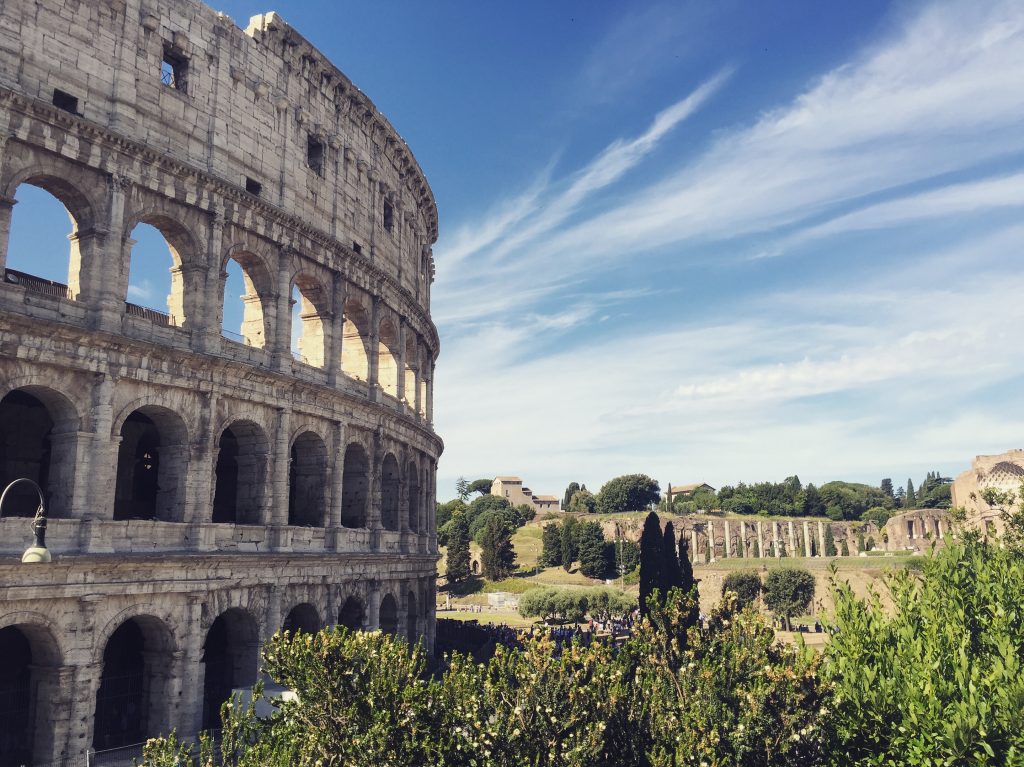
Inherent in the Colosseum is the legend of the martyrdom of the first Christianswho were supposed to die in its arena - torn apart by wild animals or killed during the games. Although this notion took firm roots in culture and art, historical facts are more complex.
💠What does tradition say?
- According to Christian accounts, The Colosseum was the site of persecution and execution of followers of the new faith.
- In the Middle Ages, the building began to be seen as a symbol of suffering and faith, and even a holy place.
- In the 19th century, Pope Pius IX established here Stations of the Cross, which reinforced the religious significance of the object.
💠And what do the historical sources say about it?
- There is a lack of direct evidence, that the executions of Christians took place right in the Colosseum.
- It is known that Christians were persecuted, especially under Nero, but the more often in other places, such as the Imperial Gardens or Circus Maximus.
- Colosseum put into use already after Nero's death, who was the main instigator of the repression of Christ followers.
💠And what do the historical sources say about it?
- Regardless of historical ambiguities, the Colosseum has become a an enduring symbol of martyrdom and courage.
- Every year on Good Friday, the Pope leads the Stations of the Cross service here with the participation of the faithful from around the world.
- For many, this A place of reverie and tribute to victims of violence, regardless of their religious identity.
9️⃣ Colosseum in pop culture
The Colosseum is not only an archaeological monument and a symbol of ancient Rome - it is also a pop culture icon, present in films, books, video games and commercials. Its distinctive silhouette and historical connotations mean that it often appears as a background for great stories and a carrier of emotions.
💠Colosseum on screen
- "Gladiator" (2000) directed by Ridley Scott - one of the most famous films that brought the Colosseum back to the collective imagination.
- "Ben-Hur", "Quo Vadis" whether "Rome" (HBO series) - cinema and television classics, showing life and battles in the arena.
- Many productions use digital reconstructions of the Colosseum, to reflect its original appearance and monumentality.
💠Colosseum in games and multimedia
- He appears, among others, in games of the series "Assassin's Creed"., "Total War"., "Ryse: Son of Rome". whether "Civilization".
- In games, it often plays the role of arenas of combat, a training site or background for historical missions.
💠In literature and advertising
- The colosseum is present in historical novels, guidebooks, essays and comic books.
- It is often found in advertisements for luxury, travel and technology brands, which appeal to its prestige and power of association.
💠A symbol on a global scale
- The Colosseum is today one of the most recognizable monuments in the world - Next to the Eiffel Tower or the Statue of Liberty.
- It has become not only the heritage of Rome, but also the A global symbol of a civilization that has influenced the entire world.
🔟 How to get there and what to see in the area
Looking for attractions for the whole family? Check also:
👉 Top 10 - attractions for children in Rome
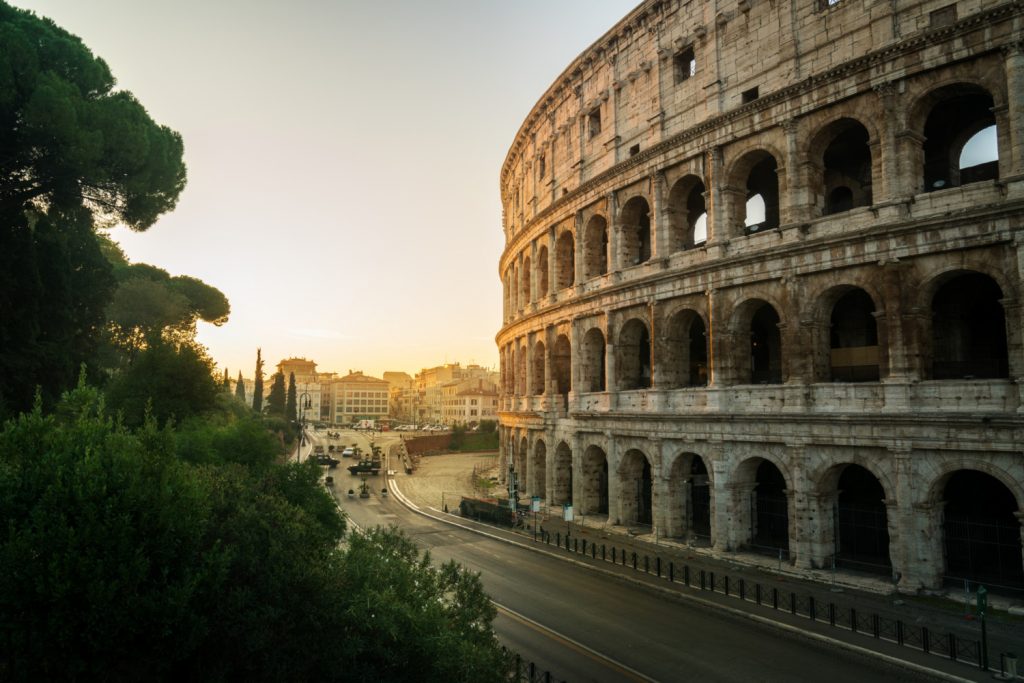
The Colosseum is one of the most visited monuments in the world - and fortunately very easy to reach. It is located in the heart of Rome, surrounded by other unique places to see when visiting.
🚇 How to get to the Colosseum?
- Metro: line B, station Colosseo - The exit leads almost directly under the amphitheater.
- Buses and streetcars: numerous lines stopping nearby, including 75, 85, 87, streetcar No. 3.
- Walking: from Venice Square (Piazza Venezia) you will reach on foot in approx. 10 minutes Along Via dei Fori Imperiali.
🧭 What to see in the area?
The Colosseum is just the beginning - in its vicinity you will find many key points of ancient Rome:
- Roman Forum - The political and social center of ancient Rome.
- Palatine - one of the seven hills of Rome, where the emperors lived.
- Arch of Constantine - The majestic triumphal arch right next to the Colosseum.
- Via Sacra - The main processional road of the ancient city.
- Basilica of St. Clement - lesser known, but fascinating, with layers going back as far as the 1st century AD.
🕒 Practical tips
- Best time to visit: early morning or late afternoon to avoid crowds and heat.
- Tickets: it's worth buying online in advance - often bundled with the Roman Forum and Palatine.
- Note: The Colosseum is a popular attraction - be prepared for security checks and queues.
📌 Summary
The Colosseum is much more than just the ruins of an ancient amphitheater - it's a living legend, which has survived for nearly two thousand years. As a symbol of the empire's power, a center of spectacle and later a sign of martyrdom, combines history, art, religion and pop culture in one place.
Visiting the Colosseum:
- you touch history, which shaped Western civilization,
- you discover technical achievements of the ancient world,
- And you have a chance to understand, how great the role of spectacles and public spaces was In the social life of the Romans.
Whether you are a history enthusiast, an architecture lover or simply a tourist - the The Colosseum is sure to impress you. This is a must-see on any visit to the Eternal City.
